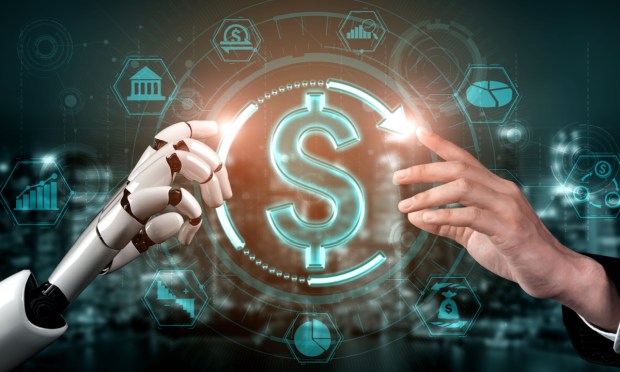Goldman Sachs: AI’s GDP Impact Could Be Bigger Than Electricity

Could the impact of artificial intelligence (AI) on the economy eclipse that of electricity?
It’s possible, according to a recent report by Goldman Sachs Economics Research that examines how AI could affect measures like gross domestic product (GDP), and projects that investment in AI could approach $200 billion by 2025.
“Innovations in electricity and personal computers unleashed investment booms of as much as 2% of U.S. GDP as the technologies were adopted into the broader economy,” according to the report, issued Tuesday (Aug. 1). “Now, investment in artificial intelligence is ramping up quickly and could eventually have an even bigger impact on GDP.”
However, for large-scale change to happen, companies will need to make substantial investments up front in “physical, digital, and human capital,” the report said, to access and implement new tech and transform business processes.
“While AI investment thus far has been focused on model development, a substantially larger hardware and software push will likely be required for generative AI to scale,” wrote Goldman economists Joseph Briggs and Devesh Kodnani.
The report says AI investment is projected to be centered around four business segments: training and developing AI models, infrastructure suppliers such as data centers, software firms and enterprise end users that pay for the software and cloud infrastructure services.
“Our economists expect AI investment to largely come from hardware investment to train AI models and run AI queries, as well as increased spending on AI-enabled software,” the Goldman report said.
Anyone who wants to know the level of interest in AI need only read recent earnings report transcripts where — as noted here earlier this week — the technology was mentioned 827 times, almost double the number from the previous quarter. The generative AI industry alone is projected to grow to $1.3 trillion by 2032.
“But while tens of millions of individuals use generative AI tools like OpenAI’s ChatGPT, Google’s Bard, and other solutions from Microsoft, Meta and more, few people understand how the foundational large language models (LLMs) behind today’s leading AI platforms work,” PYMNTS wrote Tuesday.
And understanding how LLMs operate is crucial for using them effectively and discerning their strengths and limitations, that report argues.
